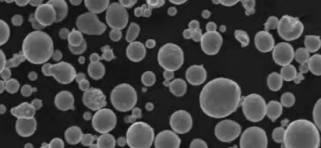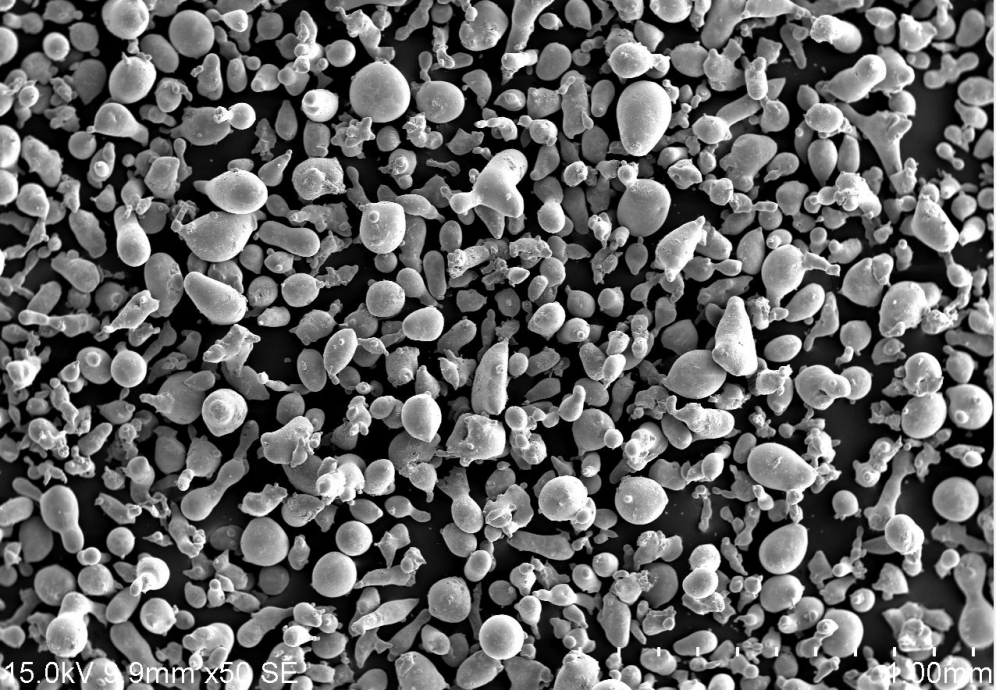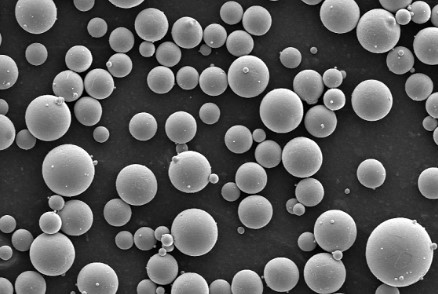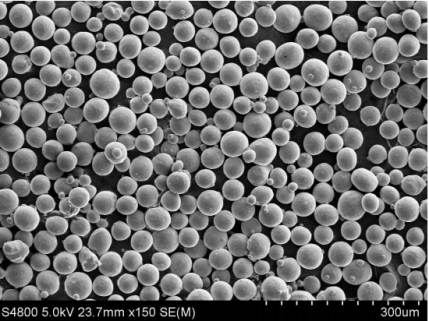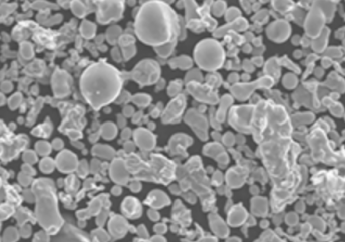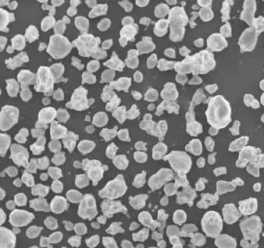Phosphorus-Alloyed Powder for Powder Metallurgy Applications
1. Introduction: Why Phosphorus-Alloyed Powder Matters in PM Phosphorus-alloyed powders play a critical role in powder metallurgy (PM) formulations due to their ability to enhance sintering activity, improve mechanical strength, and reduce production costs. These powders are especially valuable in automotive, machinery, and tool manufacturing industries looking for high-performance materials that are cost-effective and easy […]
Phosphorus-Alloyed Powder for Powder Metallurgy Applications Read More »
